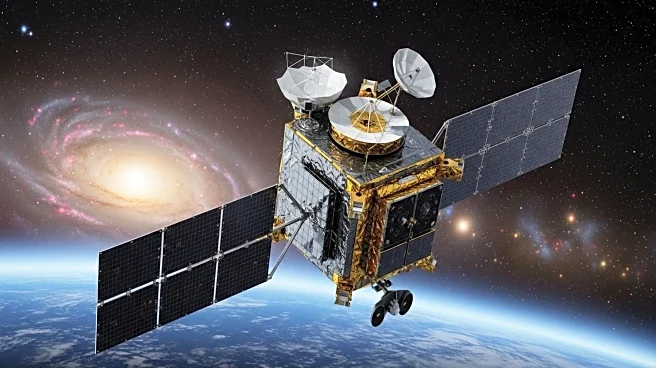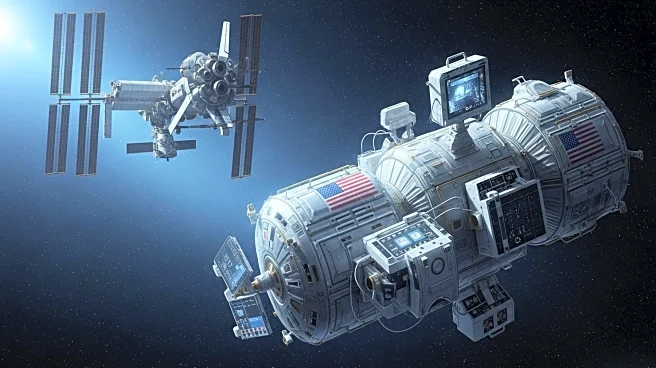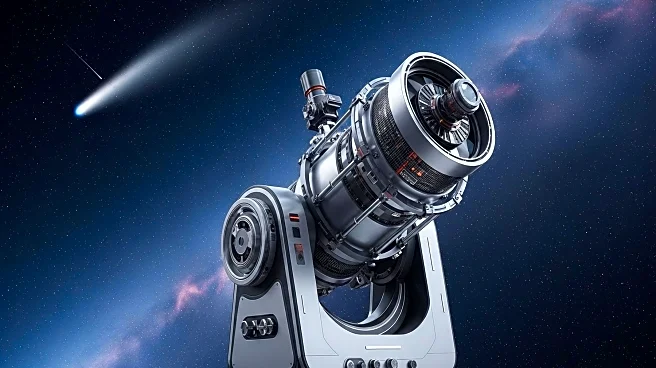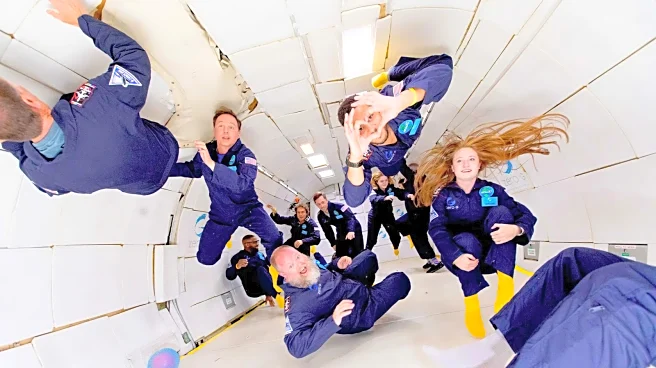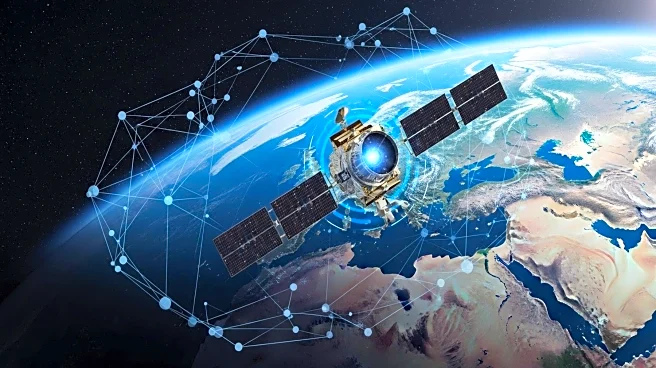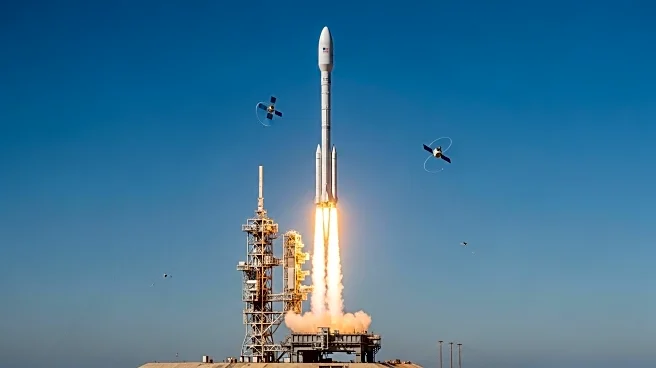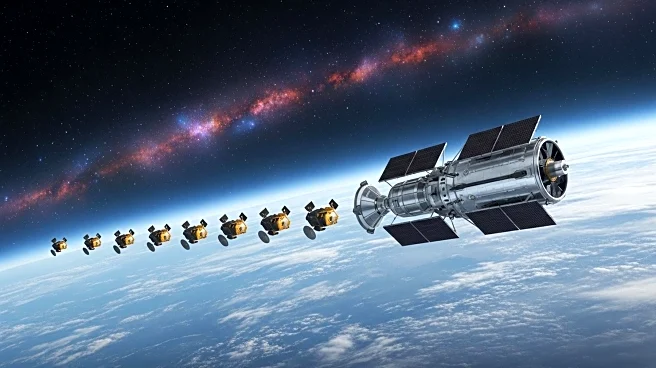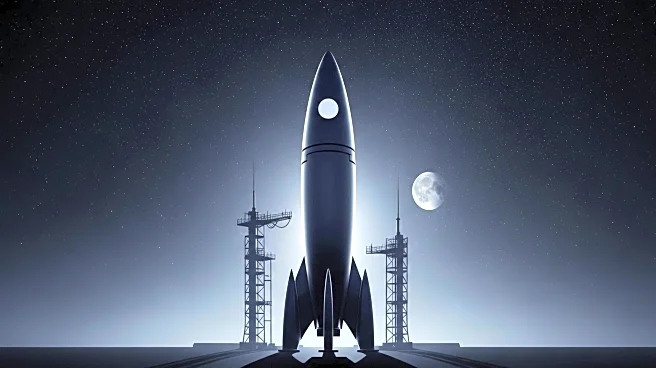Rapid Read • 6 min read
NASA and the Indian Space Research Organisation (ISRO) have successfully completed all preliminary checkouts for the NISAR satellite, a joint Earth-observing radar mission. The satellite, launched on July 30, is equipped with L-band and S-band synthetic aperture radar systems designed to track Earth's ice and land surfaces with unprecedented detail. The mission team has begun raising the satellite to its operational orbit, with full science operations expected to commence about 90 days post-launch. The NISAR mission is notable for being the first to carry two SAR systems, enabling comprehensive data collection through clouds and precipitation, day and night.
AD
The NISAR mission represents a significant collaboration between NASA and ISRO, enhancing the ability to monitor Earth's environmental changes. The data collected will be crucial for understanding land surface movements related to natural disasters such as earthquakes and volcanic eruptions. This mission underscores the importance of international cooperation in advancing scientific research and technological innovation, potentially benefiting global environmental monitoring and disaster response strategies.
The mission team anticipates receiving science-quality radar images in the coming weeks, with full operations scheduled to begin shortly thereafter. The data will be used to track changes in Earth's forests, frozen surfaces, and major infrastructure, providing valuable insights into environmental dynamics. Continued collaboration between NASA and ISRO will likely lead to further advancements in Earth observation technologies.
AD
More Stories You Might Enjoy
